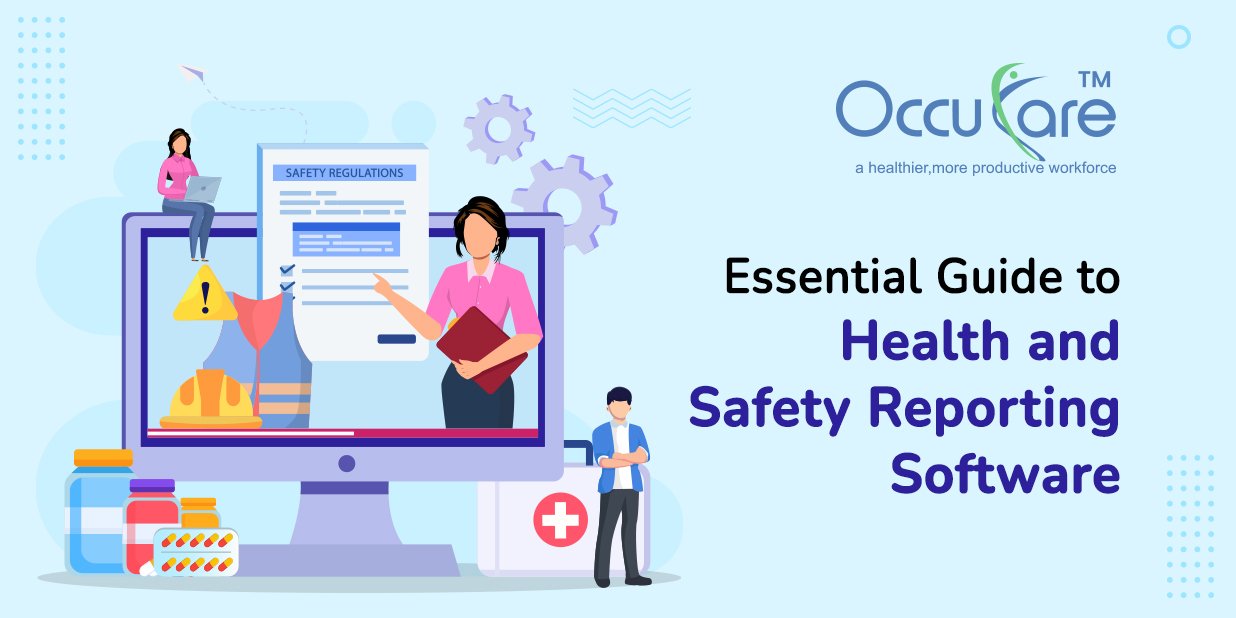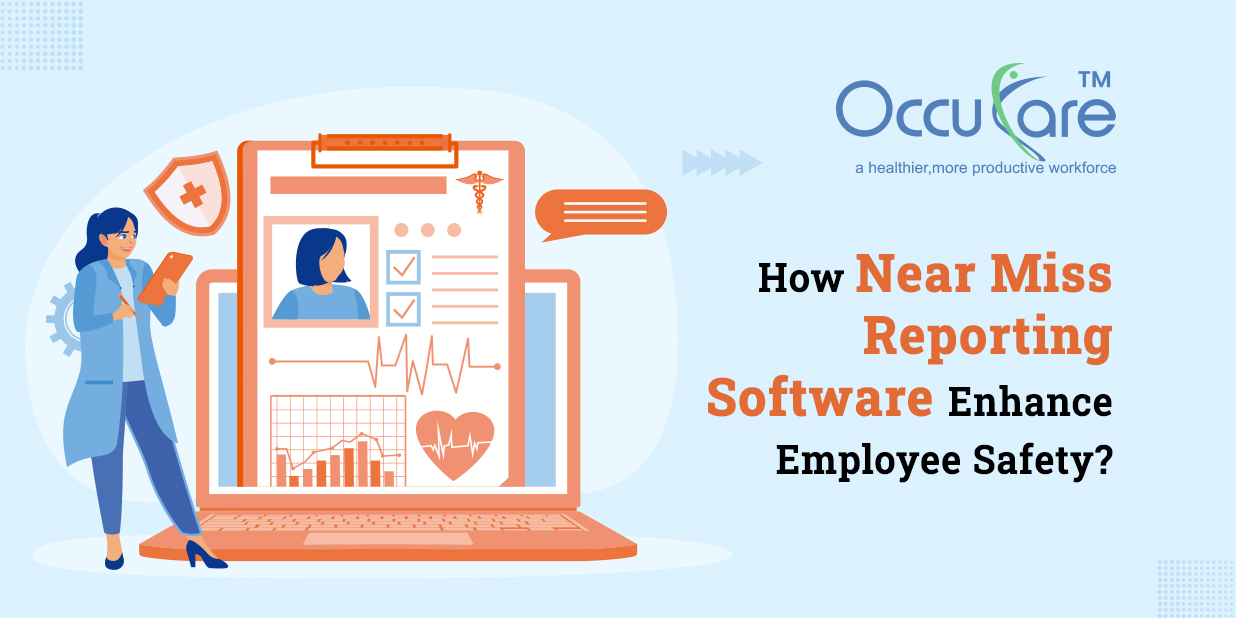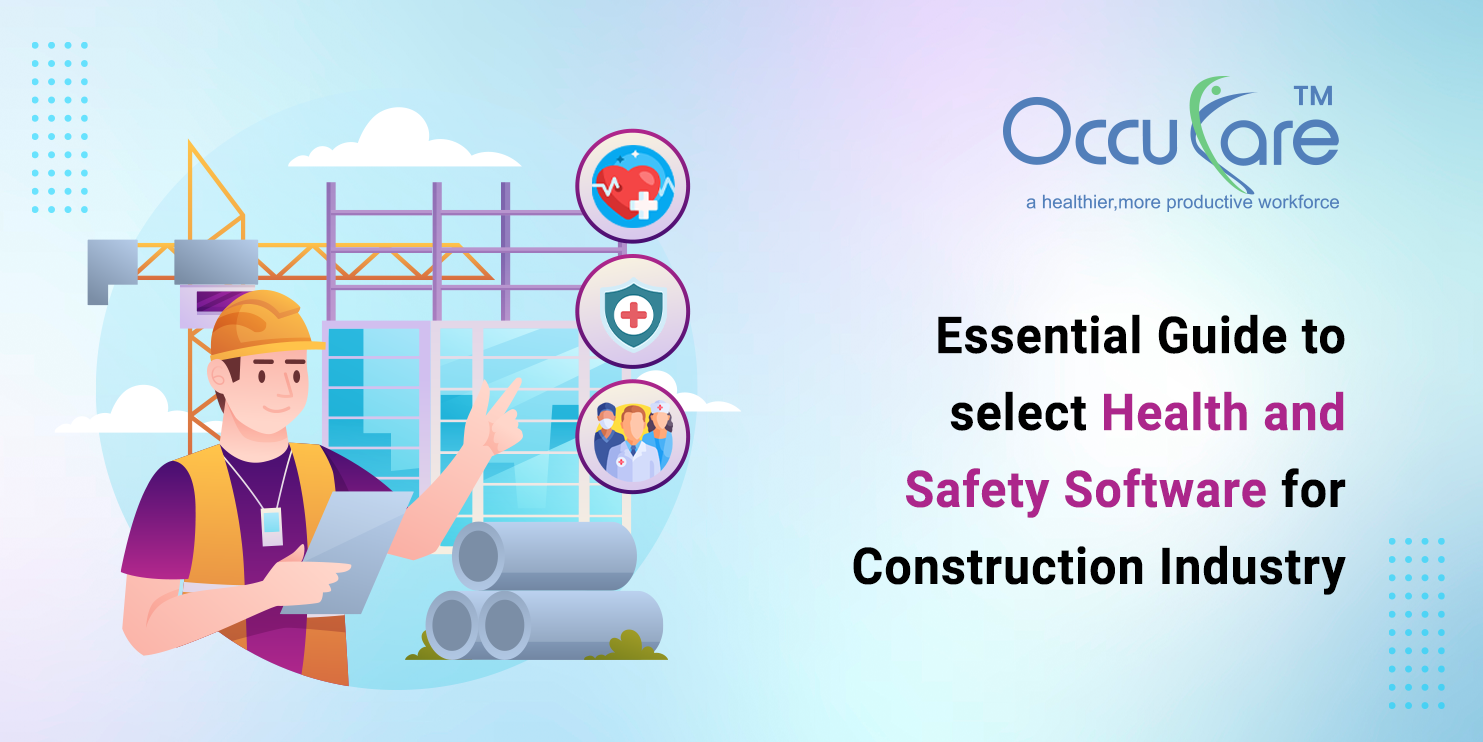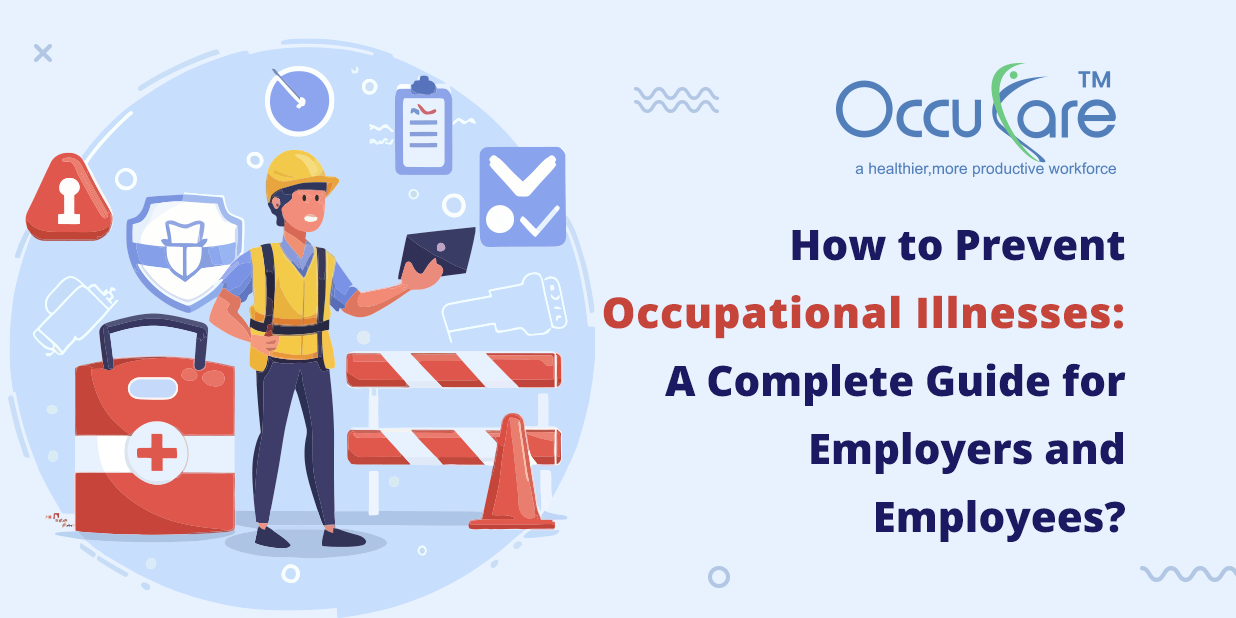Organizations are using technology more and more to improve worker safety at a time when data drives choices. A key component of this change is the incorporation of health and safety reporting software, which enables businesses to collect, examine, and respond to vital safety data. This indispensable manual examines how electronic health records software and occupational health, and safety software may transform safety procedures and guarantee a healthier working environment for everybody.
Importance of Data in Workplace Safety:
Data is an effective tool for workplace safety management. Organizations can gather up-to-date data on accidents, risks, and worker health by using health and safety reporting software. In addition to assisting in the identification of patterns and trends, this data makes proactive risk mitigation measures easier.
Furthermore, safety managers can make well-informed judgments by combining data analytics with Occupational health and safety software. For example, by examining incident records, businesses can identify reoccurring safety concerns and put focused training and preventative measures in place. Software for electronic health records is also essential for keeping track of employee health information, which is important for figuring out how working conditions affect workers’ general well-being.
Key Features of Effective Health and Safety Reporting Software:
Certain elements that improve usability and efficacy must be taken into account while choosing health and safety reporting software. Seek out software that lets users see safety data in real time through dashboards that can be customized. This feature facilitates the tracking of safety trends and the monitoring of key performance indicators (KPIs).
Accessibility on mobile devices is another essential component. Employees may report events instantly with mobile-friendly occupational health and safety software, guaranteeing prompt data collection. In addition to increasing data accuracy, this capacity promotes an open and accountable reporting culture for safety concerns.
Benefits of Implementing Health and Safety Reporting Software:
There are many advantages to using safety reporting software, which can greatly increase worker safety. It improves data accuracy over anything else. Digital solutions lower the possibility of errors and guarantee that safety data is current and dependable, whilst traditional reporting techniques can be prone to inaccuracies.
Furthermore, this software makes it easier to comply with legal obligations. Organizations may effortlessly monitor and report accidents, injuries, and health data to regulatory agencies by utilizing Occupational Safety Software. In addition to reducing legal risks, this proactive strategy increases stakeholder and employee trust.
Implementing Health and Safety Reporting Software:
The following crucial actions must be taken to successfully integrate health and safety reporting software:
- Assess Your Current Systems: Start by assessing your current safety procedures and equipment.
- Define Your Objectives: Clearly state your goals for using the new program. Having clear objectives will direct your selection process, whether they are lowering incident rates or increasing compliance.
- Engage Stakeholders: Include important parties from different departments in the process of implementation. Their opinions will be crucial in making sure the program satisfies every user’s demands.
- Train Employees: Give every employee thorough instruction on how to operate the new program. Stress how crucial correct data input and reporting are to creating a safe workplace.
- Monitor and Adjust: Following implementation, keep an eye on the software’s functionality. To enhance functionality and user experience, get user input and make any necessary changes.
Case Studies: Success Stories in Workplace Safety
By using Health and Safety Reporting Software, numerous firms have effectively changed their workplace safety procedures. For instance, to improve the efficiency of its incident reporting procedure, a major manufacturing company implemented OccuCare Software. The organization claimed a 40% decrease in workplace injuries within a year because of proactive interventions and improved visibility into safety patterns.
Challenges and Solutions:
Despite the obvious advantages of health and safety software, there are drawbacks to take into account. Employee resistance to change is one prevalent issue. Organizations should involve staff members in the decision-making process and explain the advantages of the new system in order to get around this.
Finally, choosing the appropriate software might be challenging for enterprises. To solve this, it’s critical to carry out in-depth study, look for suggestions, and even take trial periods into account to make sure the program suits your unique requirements.
Future Trends in Health and Safety Reporting:
With new trends being shaped by technological breakthroughs, the future of health software looks bright. Machine learning and artificial intelligence (AI) have the potential to completely change how businesses evaluate safety data. By finding trends and abnormalities in the data, these technologies can anticipate possible accidents, enabling businesses to take a proactive rather than reactive approach.
Additionally, data collecting capabilities will be improved by the growing usage of wearables and IoT devices in the workplace. These gadgets may track environmental conditions, worker health indicators, and even safety compliance in real time, giving businesses a plethora of information to help guide their safety plans.
Conclusion:
Using data to transform workplace safety is not just a fad; it is essential for contemporary businesses. Organizations may successfully use these technologies and promote a safety culture that puts employee well-being first by adhering to the recommendations made in this crucial handbook. Data holds the key to workplace safety’s future, and those who can best utilize it will set the standard for safer, healthier work environments for everybody.




